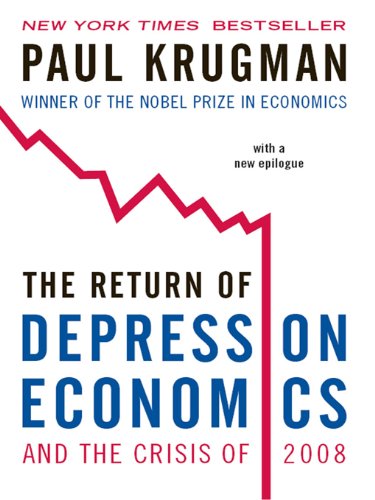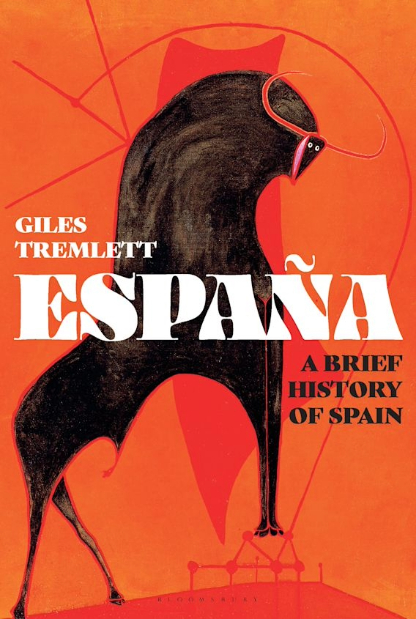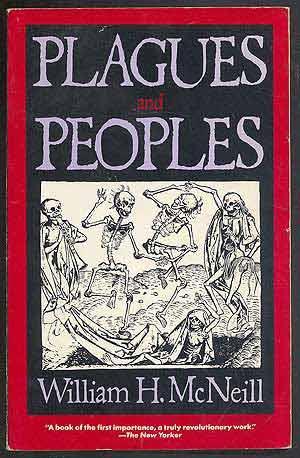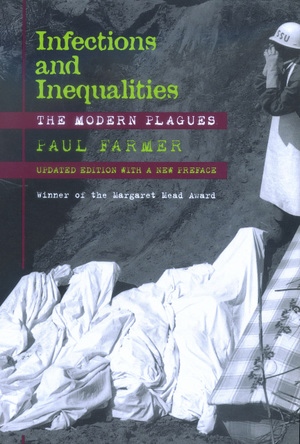Myanmar’s ‘Rohingya’ Conflict, Anthony Ware & Costas Laoutides, Oxford University Press, 2018, pp. 275, $29.95, ISBN 978-0-29-093886-6
In November 2018, Amnesty International stripped Aung San Suu Kyi, the former political prisoner under the military regime in Burma, of its highest honor, the Ambassador of Conscience. Secretary-General of Amnesty, Kumi Naidoo issued a letter expressing his dismay over Suu Kyi’s silence with regard to the atrocities committed against the Rohingya people in Rakhine State. He said that the Nobel-laureate “no longer represent[s] a symbol of hope, courage, and the undying defense of human rights”. Others have called for her to be stripped of her Nobel Peace Prize for failing to prevent the genocide. However, the Norwegian committee chimed in to remind the public that the prize is awarded for the achievements of the past and highlighted that, rather bizarrely, that the prize represents her work until 1991.
Indeed, at the UN General Assembly in September 2018, the Prime Minister of Bangladesh, Sheikha Hasina stated that there are currently approximately 1.1 million Rohingya refugees living in her country. Most of those having fled unspeakable horrors in Myanmar, such as rape, murder, and burning of their villages. The UN fact-finding mission concluded that these actions “amount to the gravest crimes under international law”. And the world caught on to their plight. Cate Blanchett and Priyanka Chopra visited the refugee camps, while Angelina Jolie urged the viewers of her video appeal not to forget their plight.
The recent attention the conflict has received may portray it as a recent development. However, mass exoduses from the Rakhine region, also known as Arakan until 1989, also occurred in 1784, 1942, 1978 and 1991-1992. This in itself suggests that the recurring conflict arises out of long-seated grievances.
Therefore, Ware’s and Laoutides’ book Myanmar’s ‘Rohingya’ Conflict, published by Oxford University Press, comes at a particularly charged moment in which the world’s attention is focused on the country in midst of a democratic transition. Indeed, democracy is still struggling to be born, with the National League for Democracy sharing power with the military, the Tatmadaw, which remains in charge of the Ministry of Defence. General Min Aung Hlaing remains his own boss. The impact of the Rohingya conflict on the successful transition to democracy, or to return to the military, cannot be overstated.
Ware and Laoutides introduce the conflict to the western audience. They delve deep into the history of the conflict to explain its intersectionality that escapes the limelight. While the conflict has largely been portrayed as that one between the Buddhists and Muslims, the authors effectively show that the conflict is much more complicated. There’s a tripartite animosity between the Rakhine nationalists, Rohingya Muslims, and the Burman state, each with its own narrative and aspirations that are at odds with others. In fact, these have shaped the very identity of the combatants.
In their exposition, the authors go to extraordinary lengths to appear neutral and objective in their assessment. Hallmark of that is their decision to use quotation marks in the title of their book to denote the Rohingya. They state that to recognize their right to self-identification would conflict with others in the country who deem them to be recent immigrants of mixed origins, ‘Bengali’, or more derogatory, ‘Kala’. Those who refuse to use the term Rohingya do so due to their insistence that the people belonging to this group do not constitute an ethnicity indigenous to Myanmar. Aung San Suu Kyi herself requested that they be called ‘Muslim community of the Northern Rakhine State’. To resolve the conundrum, the authors’ disclaimer states that Rohingya in the title shall be used to identify what the book is about to the international audience, while ‘Muslims in the northern Rakhine State’ will be used in the commentary. When presenting the views of others, the authors opt to mimic their language. Quite a skillful trick to keep everyone happy. Albeit tedious. Nonetheless, this parsing allows the authors to cast their characters: the Rohingya Muslims, the Rakhine nationalists, the Tatmadaw, the NLD government and the international community.
This division becomes useful when analyzing the conflicts of the past decade. For example, the violence of 2012 was intercommunal in that it involved Rohingya Muslims, and Arakanese (Rakhine) Buddhists, while Arakan Army (Rakhine nationalists) struck in 2015-2016 with the Arakan Rohingya Salvation Army following suit in 2016-2017. The AA and ARSA militants fought against the Burman dominated Tatmadaw, rather than between each other. Thus identity plays a crucial role in this ongoing conflict.
The assertion of ethnic rights is crucial in order to achieve the status of taing-yin-tha, loosely translated as ‘national race’, or ‘offspring of the land’. Officially, all those who settled in the Union of Myanmar prior to the arrival of the British automatically belong to it. As the authors indicate, it is a highly charged ideological concept that imposes identity categories rejected by many, but at the same time necessary for belonging to the political polity. Since the introduction of the 1982 Citizenship Law by General Ne Win, those classified as migrants are eligible to become citizens, albeit with restrictions due to their not belonging to the original taing-yin-tha. Currently, there are 135 communities that belong to the taing-yin-tha as recognized by the constitution of 2008. Most importantly, the belonging to it would grant territorial governance to the group in question. Therefore, the Rohingya conflict could be also read as a territorial conflict.
The authors are thus justified in identified historical narrative, representation, and memory as the crucial axis of the conflict. The way communities perceive themselves, others and their relationship define their identity and their goals.
The Rohingya origin narrative situates the arrival of the Muslims in northern Arakan in the 9th and 10th century, thus prior to the arrival of the ethnic Rakhine in Arakan, as well as Burman into Burma. Their narrative naturally seeks to establish their long presence in the area. After presenting the arguments, Ware and Laoutides methodically assess each of the claims to verify their veracity, ultimately concluding that the Rohingya narrative contains enough truth to sound plausible. Likewise, the Rakhine – Burman narrative follows the same logic of seeking to establish communal roots within a particular territory. The Rakhine narrative seeks to justify the demands for independence by arguing, by way of Rakhine royal chronicles and Razawin in particular, that Arakan constituted a self-contained political territory centered around Mrauk-U that was separate from central Burma. On the other hand, the Burman narrative seeks to establish Burman hegemony over the surrounding kingdoms. This legitimizes the conquests of Burmese kings and portrays the Rakhine and the Burman as having common origin and ancestry. The Muslims are then viewed as ‘infiltrators’ by the Rakhine and by the Burman; as people who migrated to the country following its independence in pursuit of economic gain. Their claim to citizenship is thus deceptive. The high rates of birth among the ‘infiltrator’ community thus threaten to overtake the ‘original’ communities. The history of the conflict thus takes a hybridized form, whereby each community creates its own narrative to satisfy a particular teleological point, that is the taing-yin-tha. Ware and Laoutides rightly state that these miss the point, for by condemning the law that stipulates the creation of such narratives, the narratives themselves, and by extension, the relations among the communities could change.
Chapters 5 and 6 revolve mainly around scholarly arguments and theoretical concepts which the authors test against the reality of Myanmar’s conflict. They assess the ontological and the epistemological theories of conflict to arrive at the framework that best fits Myanmar. Chapter 5 analyzes the existential fears triggered by particular narratives, the role of the state and the economic aspects of the conflict from the political economy perspective. Chapter 6, on the other hand, uses the lens of ethnicity, identity, and territorial grievances. In their final analysis, the authors acknowledge that the communities might experience threats to their demographic security due to comparatively higher birth rates of communities living within the same territory. Regional dynamics likewise play a role. The presence of a significant community of Rohingya in Bangladesh and the growing rift between the ‘Muslim’ and the ‘Buddhist’ countries further exacerbate ethnic tension. The state thus plays a partisan, rather than a neutral role in negotiating the conflict. Burman dominated state thus furthers its own interests, while at the same time pitting itself against the Rakhine and the Rohingya. The authors’ emphasis on identity leads them to conclude that political economy is “neither instigator nor primary driver of the conflict”. However, they fail to outline the potential political economy has in altering ethnic identities themselves and various ethnic alliances that would offer a dose of dynamism in an otherwise static conflict. This could be the result of a rigid division of analytical frameworks. Had the authors integrated their analysis of ethnic entrepreneurs and their interests within the political economy approach and their ability to transform identities, they might have arrived at a different conclusion.
Ultimately, Ware and Laoutides view the Kofi Annan led Advisory Commission on Rakhine State’s 12 recommendations as the excellent starting point in the future conflict resolution, and add a further 10 of their own that focus on establishing good governance. Their recommendations flow directly from their analysis and seek to break the link between ethnicity and citizenship, and ethnicity and the State, while further democratizing the Tatmadaw.
Anthony Ware and Costas Laoutides offer a clear analysis of the conflict in Myanmar by going beyond the headlines. This allows them to portray the various layers and inter-group dynamic that drives the violence that has claimed so many lives. In their analysis is also a stark warning about the potential that the future holds in store for these communities.




